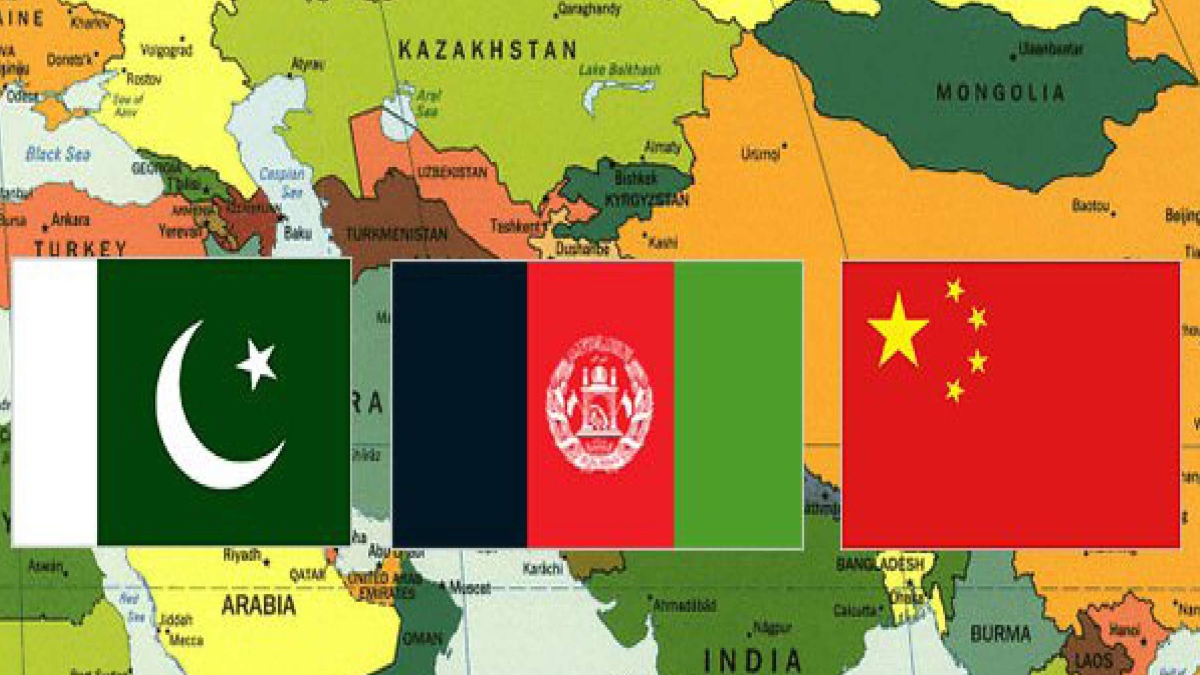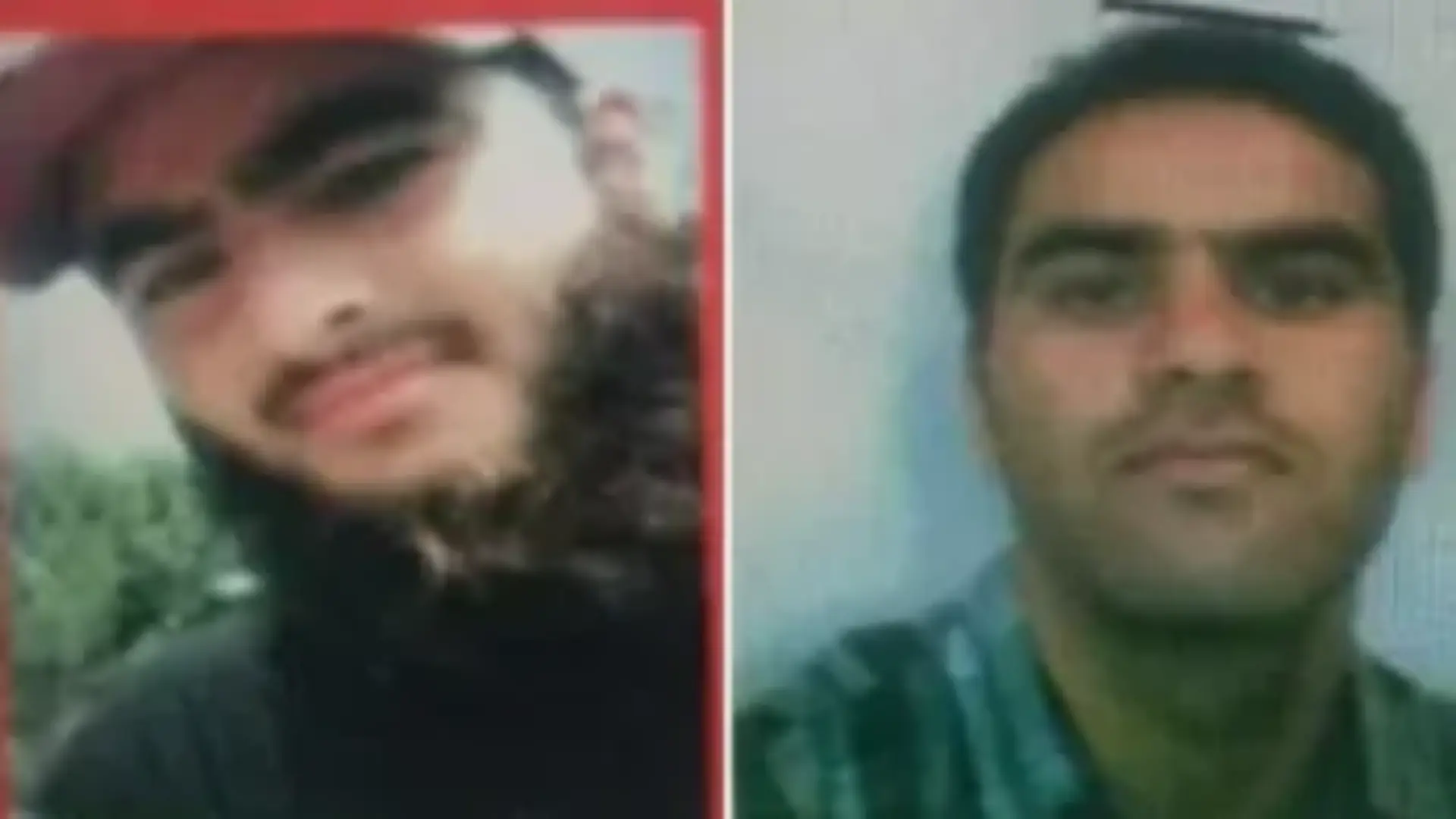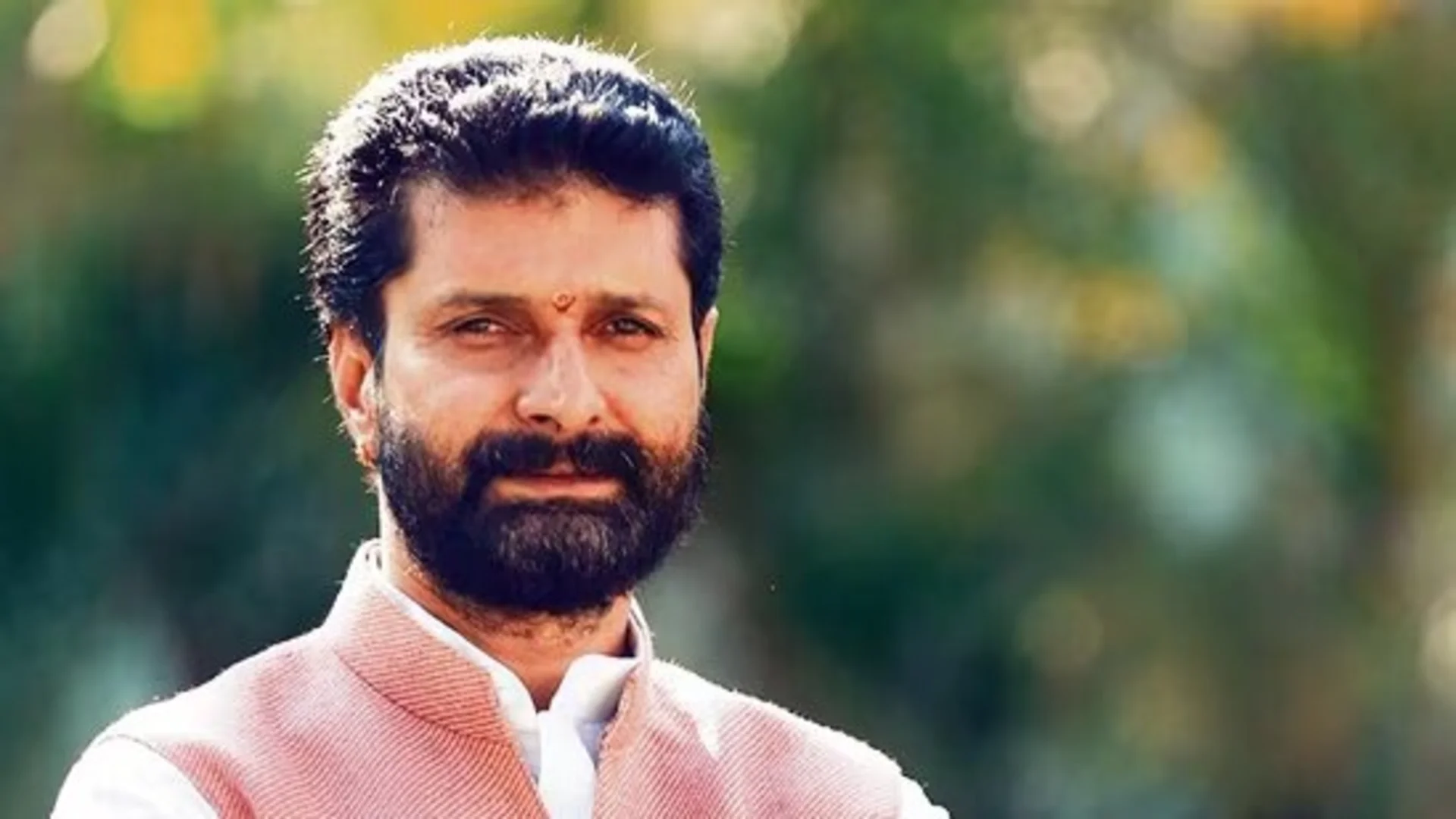They say ‘Be careful of what you wish for. It might come true’! Pakistan keeps boasting that it had defeated a superpower — USSR. Now it is loud mouthing that it is defeating another superpower — the US. Technically, the speed of Taliban advance and the rate of withdrawal from Afghanistan marks it as a US defeat. Pakistan’s wishes are probably coming true. Has Pakistan won again? The US and Pakistan were supposed to be on one side. However, Pakistan and the Taliban were also on one side. As are Pakistan and China. Pakistan always defeats its friends to stay relevant. Is it the shape of things to come in future? In defeating the US, has Pakistan defeated itself? As long as the US was around in the area and the Taliban were negotiating, Pakistan and China were on a free ride. With the US stepping out of the scene, and the Taliban making rapid advances into power, things have come to a head. Everyone is scrambling for cover including the Taliban. Most of all it is Pakistan that is running around since something more than its great wish is coming true.


It is quite clear that Afghanistan is sliding into chaos. Two outcomes are possible and evident. A power-sharing agreement can come about. It will result in a shaky governing structure dotted with violence and clashes instigated largely by the Taliban. Taliban will continually try to wield the upper hand in the structure with Pakistani assistance. The other alternative is a Taliban ruled Afghanistan. This option runs the risk of lacking international recognition and funding. This option will also take Afghanistan back to the medieval ages. However, in this article, we will focus on Pakistan and see what is in store for it. I would like to highlight that these are not a figment of my fertile imagination but what I have culled from Pakistani writings. Not a single day goes by when some intelligent Pakistani writer does not underscore what I have written here in an op-ed with far greater eloquence than mine.
Pakistan’s official stance is that it wants a peaceful outcome in Afghanistan, where a power-sharing arrangement is reached between the Taliban and the current Afghan dispensation. However very few believe it. After all, Pakistan was the main architect of the Taliban regime in Afghanistan in the 1990s. Pakistan gave sanctuary, medical and all kinds of help to the Taliban and Al Qaeda in its cities. Even now Taliban leaders and Shuras operate out of Pakistani cities. Their fighters are being treated in Pakistani hospitals. Their families live in Pakistan. The general impression and truth are that Pakistan backs the Taliban and wants to hoist it in power in Kabul in a sham of a brokered agreement. As the Taliban gains ground rapidly, the needle of suspicion points squarely toward Pakistan. Let us be clear, without Pakistani support, the Taliban cannot survive.
What did Pakistan wish for? Pakistan has always wished to control Afghanistan as its surrogate state under a client Taliban regime. Afghanistan had to be hostile to India. It would give the Pakistani ‘Deep State’ a secure western border and strategic depth in its eternal war of unattainable revenge on India. Surrogacy is feasible only if the regime was controllable. As long as the US was in Afghanistan, there was no question of any regime or any kind of control. Hence the long term plan was to continually undermine the US till it exits Afghanistan. Build itself a reputation as a nation that has defeated two superpowers. China could then be brought into the picture to replace the US. This was to be done through hybrid and grey zone methods by using its homegrown fighters and free-floating jihadists of LeT and JeM and other remote organisations to assist the Taliban. This plan is now being executed. However, the question is where is this roadshow heading?
We have to step onto the Durand Line to understand the future. On the Pakistan side of the Durand Line lie the provinces of Balochistan, NWFP, and the seven tribal agencies of the FATA ( now Khyber Pakhtunkhwa). On the Afghan side is a large swathe of the Pashtun area. The Durand Line divides the Pashtun and Baloch tribal areas which straddle Afghanistan and Pakistan. The tribal agencies of FATA had a border further East, with the erstwhile British administration which Pakistan inherited. The area between the two borders was largely left loose for the Pashtuns to govern themselves. FATA and the border belt was some sort of uncharted territory. This area always had an incipient Pashtun and Baloch nationalistic fervour. The Durand Line was never recognised in letter or spirit by any tribal.
Fast forward to the 80s, Zia ul-Haq promoted jihad, funded thousands of Islamic madrassas and armed domestic Islamist organisations in the Af Pak border region. Funding was from the CIA to raise and support Mujahideen. In doing so, he also sought to suppress any local tribal nationalism on the Pakistani side of the Durand Line. The Islamist Mujahideen, drawn from the Pashtun and Baloch themselves, were the instrument to blunt and subsume local separatist tendencies. In this endeavour, the Afghan Taliban became Pakistan’s proteges. Pakistan promoted the Taliban ideology and scotched Pashtun nationalist sentiment. In the entire process spanning four decades, Pakistan created a militarised and radicalised Af Pak border. This happened in an area where people do not respect nationalities but tribal loyalties. It is in this cauldron that Tehrik-e-Taliban Pakistan (TTP) was born with the aim of creating a sharia driven Pakistan. Alongside this, Baloch rebels also took to militancy and violence. Pakistan succeeded in creating its own trans-border devils.
What does Pakistan get hereafter? Pakistan wished the US away. That wish has been fulfilled. In addition, Pakistan gets three things. First, fighting in Afghanistan spilling over into Pakistan. Second, refugee inflow into Pakistan that it can’t afford. Third, the resurgence of the TTP, a group that is capable of attacking the country’s army, security forces, and politicians, to destabilise the country. Each of these needs deeper understanding.
Insecurity spilling over into Pakistan is a given. Already there has been some cross border firing in which Pakistani soldiers have been injured. Going ahead, will the insecurity be in the form of fighting between the warring factions in Afghanistan alone? I think it might be beyond that. The US’s withdrawal from Afghanistan makes it ‘weapons free’. The US does not have to fight with one hand tied behind its back anymore. The greater threat which it now faces is possible military action in case the US feels that Pakistan is stepping out of line or being duplicitous beyond acceptable limits. Punitive military action by the US in the guise of accidental fratricide cannot be ruled out! There is already precedence to such action. The Pakis will be fully alive to the incident when a Pakistani post was vaporised. Further, too many people have engaged with Pakistan and have been bitten by it. It might be payback time.
Refugee influx into Pakistan is waiting to happen. A bankrupt Pakistan cannot afford them. Pakistani duplicity will ensure that there is a minimum appetite to support it. After all, it is pandemic time. Without the support of the US, international agencies will not come forward even for humanitarian assistance beyond a point. Pakistan’s efforts to get China into pole position will further inhibit everyone from helping Pakistan. All these refugees will end up creating social, economic and security problems in the long run. That is inevitable.
However, the most pressing issue is TTP. Understanding this phenomenon needs another detour. Afghanistan is the world’s largest cultivator and supplier of opium (93% of the global opiates market). The opium economy has grown tenfold in the past three decades. Pashtuns and Balochis earn a lot from cross-border smuggling in drugs, arms, and even people. The porous border and similar tribal ethnicities straddling the Durand Line have made it a lucrative occupation on both sides. The trans-border political and quasi-military networks straddling the Durand Line are integrated and self-sustaining economically. They also provide external support to each other. The external support factor is primal to sustain any insurgency. The Afghan Taliban and TTP are ideological twins and are intertwined in their enterprises through tribal loyalties which are beyond any nation-state concept. They are part of one interconnected network. Both are trained by Pakistan in the same madrassas. Both are fired by the same radicalistic motivation. In fact, the Pakistani ‘Deep State’ which had a significant share of the transit trade-economic pie will now be culled. With the US leaving this area, the coffers of the Pakistani ‘Deep State’ will start to run dry. Those of the Talibans’ will not. The TTP has started resurfacing in a big way.
The TTP chief Noor Wali Mehsud recently stated in an interview with CNN that TTP aims for the independence of tribal districts of Pakistan. This is a shift from its earlier focus of imposing Sharia and overthrowing the Government of Pakistan. The Pashtun Tahaffuz Movement would have taught it that a nationalist agenda is popular among the masses. It is also assessed that TTP may propagate nationalist rhetoric to gain political legitimacy among the tribes. The apprehension is that a TTP focused exclusively on the tribal areas will be a stronger force to handle. As the Afghan Taliban gain ground in Afghanistan, TTP will be further emboldened and strengthened. PTM is thus far a political movement without violence. If TTP and PTM join hands the potential to pose an existential threat to Pakistan is very very high. Both are Pashtun organisations. It is a tinderbox! There is also speculation that Pakistan could cut a deal with the Afghan Taliban to constrain the TTP. How effective it would be is a question mark. Tribal loyalties are always stronger than national sentiments.
There is another phenomenon expected. Radicals of all shades, will also seek inspiration from the Afghan Taliban’s ‘victories’ and could gravitate to TTP. Disillusioned youth and underemployed cadres of JuD and JeM could be attracted like a moth to a flame. So far they are with the Afghan Taliban. They could be repurposed to the TTP. We should not forget the IS and Al Qaeda are still in the frame. All these organisations might be separate but their foot soldiers are fungible. Add the banned Tehreek-i-Labbaik, Pakistan. Add persecuted Shia organisations. Add the ongoing Baloch rebellion. The mix is indeed heavy. The tenuous relationship between the state, society and religion in Pakistan will get further blurred. This much is evident in the increase in attacks on security forces and Chinese personnel. The latest bomb blast in Quetta at the Serena Hotel enlarges the scope.
There is another reality beyond all this. The world knows that the Taliban is a product of the Pakistani double game. Everyone also knows that the problem is really Pakistan and not Afghanistan. In a larger sense, the game is about money. That is why Pakistan is running to the US to cut a deal. In Washington, there was always clarity that Pakistan was playing both sides. However, with boots on the ground, the US could do very little about it. Now that the boots are out, the US seems to have changed track fully. Pakistani boasts of defeating a superpower will only fuel the US rage. That is why the US has already started to give a cold shoulder to Pakistan. This time around, the US might not go overt. It need not. Pakistan is a bankrupt tinderbox. China is a competitor. Both are ‘iron’ brothers. Both have aspirations that the West is apprehensive about. The US is a past master at the covert. The new great game might just be unfolding in Pakistan. Afghanistan might just be the prelude. India should know which wicket to bat on and how! Pakistan can keep wishing that President Biden will give a call to Taliban Khan! Let the game begin!
Lt Gen P.R. Shankar was India’s DG Artillery. He is highly decorated and qualified with vast operational experience. He contributed significantly to the modernisation and indigenisation of Artillery. He is now a Professor in the Aerospace Dept of IIT Madras and is involved in applied research for defence technology. His other articles can be read on www.gunnersshot.com
Pakistan wished the US away. That wish has been fulfilled. Pakistan gets three things. First, fighting in Afghanistan spilling over into Pakistan. Second, refugee inflow into Pakistan that it can’t afford. Third, the resurgence of the TTP, a group that is capable of attacking the country’s army, security forces, and politicians, to destabilise the country.







